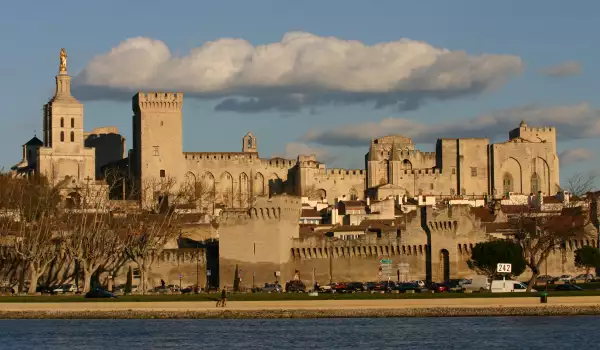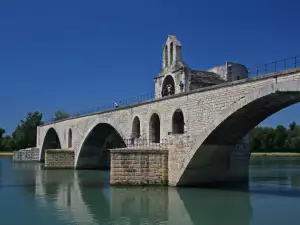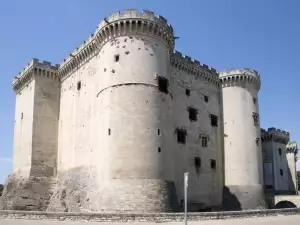Avignon

Avignon is a French city that can offer tourists a rich historical past and a prosperous modern city atmosphere. The city is praised in a popular childrens song and is located along the left bank on one of the bends of the Rhone River in the southeastern part of Provencal.
It is about 30 km from the famous wine region of Orange Provence and about 95 km to the northwest area of Mareseille.
Avignon is known as the city of the popes, because during the 14th century it had one of the largest Catholic churches. It was during the period 1309 to 1377, when it was the seat of the Catholic popes that the city had its greatest prosperity.
In 1309, the French Pope, Clement V came here, fleeing from political events in Rome and in 1335 Pope Benedict XII began construction of the beautiful Palais De Pape in Avignon, which was completed a few decades later during the time of Clement VI.
Broadly speaking, the architectural buildings of Avignon are divided into two parts. One side of the buildings is more imaginative and lavishly decorated, indicating the time of Pope Clement VI. On the other side of the courtyard the buildings are rigorous and their facades are simple.

Not far from the palace lies the cathedral of Notre Dame, which was constructed in the 15th century in the Romanesque style. During the early stages of the construction of Palais De Pape’s religious leaders stayed here in papal apartments.
Also in Avignon is the Petit Palais - a museum, where you can see the exquisite work of art - The Virgin of Botticelli.
Data shows that Avignon was established during the Stone Age. The city name first appeared during the 6th century BC and there are several versions of its importance. The name translates to- city of the strong wind or lord of the river.












